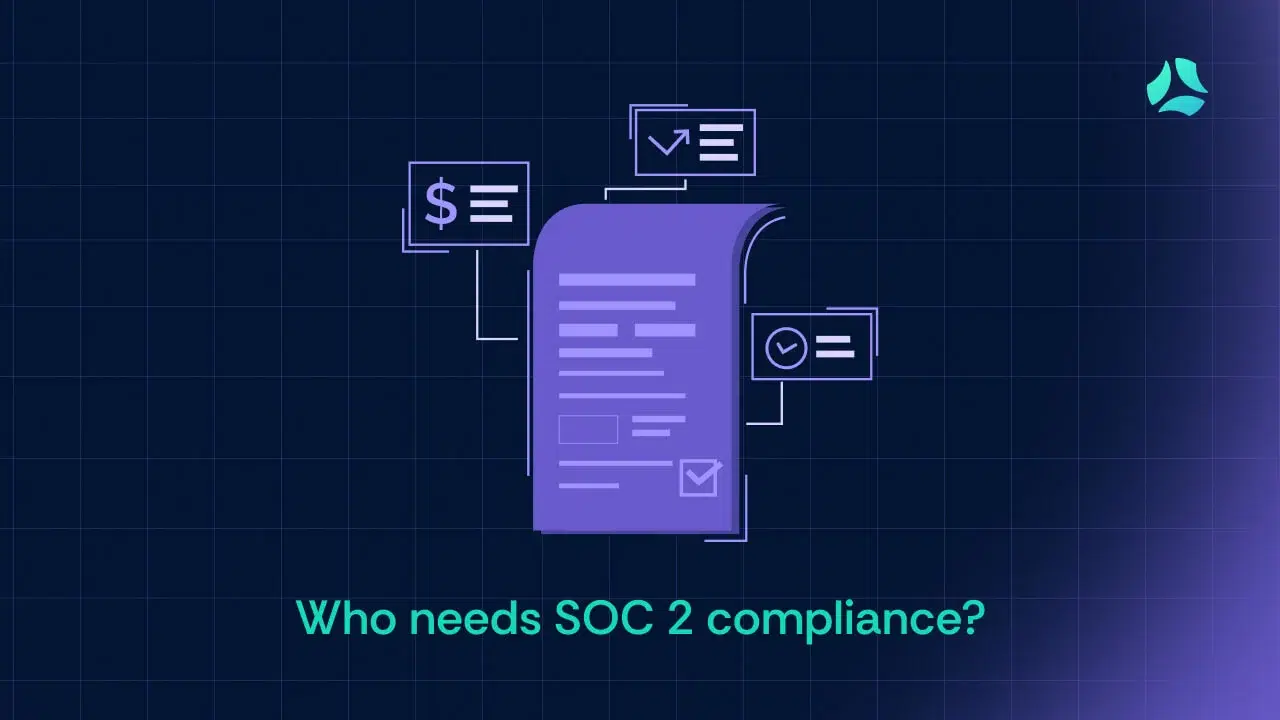In the current dynamic regulatory environment, organizations are under growing pressure to adhere to numerous laws, regulations, and industry standards.
This complex and fragmented compliance environment presents significant challenges, including duplication of efforts, inconsistencies in compliance practices, and escalating compliance costs. Moreover, failure to effectively manage compliance obligations exposes organizations to various risks, such as legal penalties, reputational damage, and loss of business opportunities.
Enter the Unified Compliance Framework (UCF), a comprehensive solution designed to streamline compliance management and address the complexities of the regulatory terrain.
UCF streamlines regulations by combining them into one system, cutting redundancy, ensuring uniformity, and easing compliance management.
In this blog, we explore how UCF serves as a solution to the challenges posed by the fragmented compliance landscape and the many benefits it offers.
Understanding the UCF and its evolution
At its core, the Unified Compliance Framework (UCF) is a unified approach to compliance management, consolidating multiple regulatory requirements into a single set of controls.
Unlike traditional compliance approaches that entail separate controls for each regulation or standard, UCF harmonizes these controls, reducing duplication and simplifying compliance management. The primary purpose of UCF is to provide organizations with a centralized framework to address compliance requirements efficiently and effectively.


Advantages of adopting a unified approach

1. Efficiency and streamlined processes
A streamlined approach enhances efficiency by providing a single set of controls to address regulatory requirements, reducing complexity, and simplifying compliance management processes.
2. Cost reduction and resource optimization
Unified compliance controls offer cost-saving opportunities by minimizing duplication of efforts and unifying compliance processes.
Organizations can optimize resources by:
- Allocating them more efficiently
- Focusing on critical compliance activities
- Eliminating redundant tasks.
This leads to cost reductions and resource optimization, enabling organizations to achieve compliance objectives more effectively.
3. Enhanced risk management and security
Adopting a unified compliance approach strengthens risk management practices by providing a comprehensive view of compliance requirements across various regulations.
By harmonizing controls and standardizing compliance practices, organizations can reduce the likelihood of regulatory violations and associated penalties.
With numerous controls in place, it’s easy for companies to lose sight of their security objectives. A UCF allows businesses to analyze controls based on their objectives, identifying and addressing any blind spots.
By grouping controls by objective, organizations can better assess their overall security posture and ensure alignment with their security and compliance needs.
4. Alignment with business objectives
Unified compliance controls facilitate alignment with business objectives by integrating compliance activities with organizational goals and priorities. This enhances overall business performance and sustainability.
This alignment enables organizations to leverage compliance as a strategic asset, driving business success while ensuring regulatory compliance.
5. Alleviates stakeholder burden
For employees, managing compliance across numerous projects can be overwhelming and distracting from their core responsibilities. By adopting a UCF and eliminating redundant controls, organizations lessen the burden on stakeholders.
With fewer duplicative tasks, employees can focus more effectively on their daily roles without the constant interruption of compliance-related duties.
6. Facilitates growth and builds trust
Implementing a UCF not only builds trust with customers by showcasing a commitment to security and compliance but also enables seamless expansion into new markets and jurisdictions.
With a unified framework in place, onboarding additional regulations becomes a straightforward process, requiring minimal additional controls. This agility allows companies to capitalize on opportunities for growth without being bogged down by cumbersome compliance requirements.

Tips for overcoming implementation challenges
While implementing UCF can yield significant benefits, organizations may encounter various challenges along the way. The challenges of UCF implementation include adapting to diverse regulatory requirements, ensuring comprehensive coverage, and integrating existing compliance frameworks.
To overcome these challenges, consider the following tips:
- Gain executive support and sponsorship to ensure commitment and resources for UCF implementation.
- Break down the implementation into manageable phases and milestones to facilitate progress tracking and ensure timely completion.
- Collaborate with internal and external stakeholders, including legal, IT, and compliance professionals, to leverage expertise and resources for UCF implementation.
- Anticipate and proactively address potential roadblocks and challenges that may arise during implementation, such as resource constraints, technology limitations, or regulatory changes.
Conclusion
The Unified Compliance Framework (UCF) offers numerous advantages for organizations seeking to streamline compliance efforts, mitigate risks, and achieve regulatory compliance.
For organizations considering UCF adoption, now is the time to take action and leverage the benefits of this powerful compliance framework. Partnering with Scrut, a trusted provider of compliance solutions, can facilitate the adoption and implementation of UCF, ensuring a smooth and successful transition.
Take the first step towards compliance excellence with Scrut and unlock the full potential of UCF for your organization.
Frequently Asked Questions
A Unified Compliance Framework (UCF) integrates multiple regulatory requirements into a single set of controls, facilitating streamlined compliance management. Unlike traditional approaches, which often involve separate controls for each regulation or standard, UCF harmonizes these controls, reducing duplication and complexity.
Implementing UCF offers organizations several benefits, including improved efficiency, reduced compliance costs, enhanced risk management, and better alignment with business objectives. By consolidating controls across various regulations, UCF enables organizations to achieve compliance more effectively and efficiently.
A unified approach to compliance controls minimizes duplication of efforts and resources, promotes consistency in compliance practices, and simplifies the monitoring and reporting processes. This unified view allows organizations to identify and address compliance gaps more effectively, reducing the risk of non-compliance.
UCF streamlines compliance processes by providing a single, comprehensive framework for managing regulatory requirements. By standardizing controls and documentation, UCF simplifies compliance efforts, reduces administrative burdens, and enhances overall compliance program effectiveness.
Yes, UCF is designed to accommodate various industry standards and regulations, allowing organizations to map their specific requirements onto the framework. UCF provides flexibility and scalability, enabling organizations to tailor their compliance programs to meet the unique regulatory landscape of their industry while maintaining alignment with overarching compliance objectives.






